Understanding Floods: Education and Awareness for a Safer Future
Floods are one of the most devastating weather phenomena, affecting millions of people around the world every year. Their impact can be catastrophic, ranging from loss of life to considerable material damage. However, the key to minimising these impacts lies in education and awareness. This article explores how these two elements can help to better understand, prepare for and manage flood situations.
Why Education is Crucial in Flood Management
Education plays an essential role in flood risk management. It enables individuals to understand the causes and effects of flooding, as well as the preventative measures they can take. Here’s why education is essential:
Risk Awareness
A thorough understanding of flood risks enables people to prepare appropriately. By learning the warning signs of flooding, such as heavy rainfall or rapidly rising water levels, individuals can react more quickly and effectively.
Preparedness and Planning
Flood education programmes often include advice on preparedness. This can include creating evacuation plans, preparing emergency kits, and securing properties against water damage. By being informed, everyone can develop an action plan tailored to their specific situation.
Awareness-raising: a powerful tool for prevention
Awareness goes hand in hand with education. While education provides knowledge, awareness-raising motivates people to use that knowledge to take action. It includes community initiatives, media campaigns, and school programmes.
Community campaigns
Local awareness campaigns are crucial for directly involving communities. They can include workshops, seminars, and flood simulations to teach residents how to react in the event of a crisis. Involving the community fosters a sense of solidarity and collective responsibility.
School education
Incorporating lessons on flooding and risk management into school curricula helps prepare the next generation to cope with natural disasters. Children learn not only the technical aspects of flooding, but also the importance of preparedness and safety.
Resources for Education and Awareness
There are many resources available to help with flood education and awareness. These resources include online guides, brochures, disaster preparedness apps, and specialist organisations.
Online Guides and Brochures
Online guides offer detailed information on flood preparedness, safety measures and crisis management. Brochures distributed by the emergency services can also provide practical advice and essential information.
Disaster Preparedness Apps
Mobile apps can help individuals monitor weather alerts, create personalised evacuation plans and get real-time advice in the event of flooding. They are a valuable tool for proactive risk management.
Conclusion
Education and awareness are key to improving flood resilience. By understanding the risks, preparing adequately and using available resources, individuals and communities can better manage the impacts of flooding. A commitment to education and awareness contributes not only to personal safety but also to collective well-being.
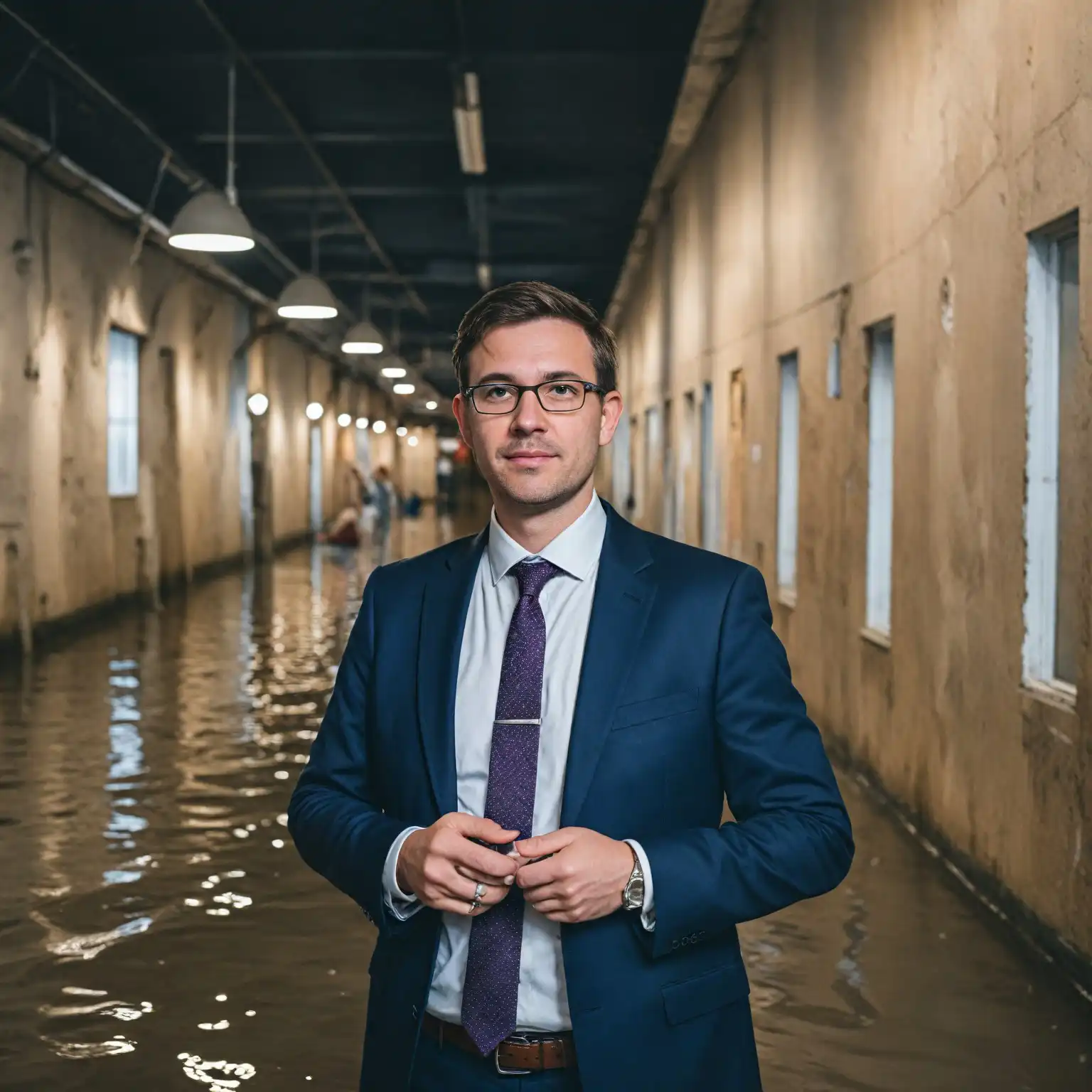
My name is Martin Desmet and I’m passionate about flood studies and hydrological risk management. For more than 20 years, I have devoted my career to understanding flood-related phenomena and helping communities to better prepare for and protect themselves against these devastating events. After completing my doctorate in hydrology at the University of Liège, I had the opportunity to work on various projects in collaboration with government bodies, NGOs and private companies. My career has led me to take a close interest in flood modelling and the impact of climate change on our hydrological regimes. I have also had the opportunity to contribute to the design of early warning systems and emergency plans for vulnerable regions. Even though I have published a few scientific articles and given lectures, I remain first and foremost involved in the field, where I can provide concrete solutions tailored to the needs of communities. Outside work, I enjoy spending time in nature, particularly near rivers and wetlands, which inspire me and help me to better understand the ecosystems I study. My aim is to continue learning and sharing my knowledge to help reduce the impact of flooding on our lives and our environment.
Discover more from Alert-disaster
Subscribe to get the latest posts sent to your email.
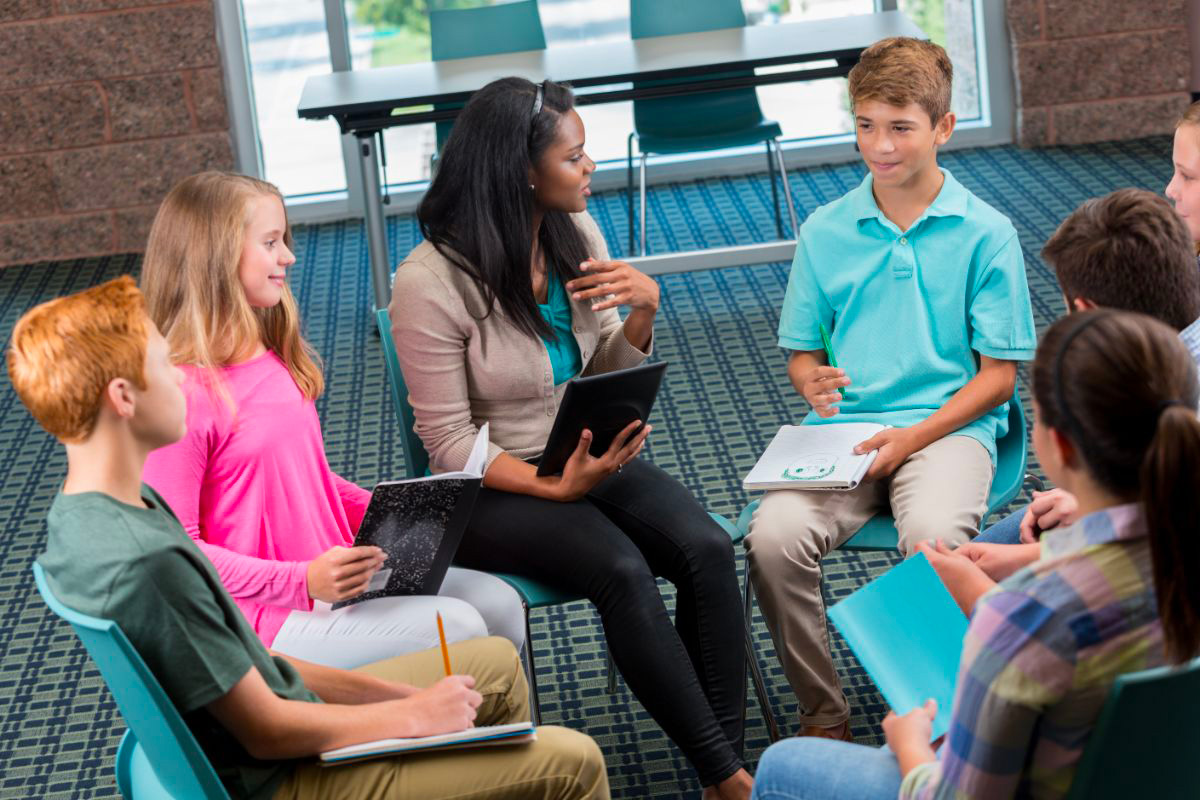


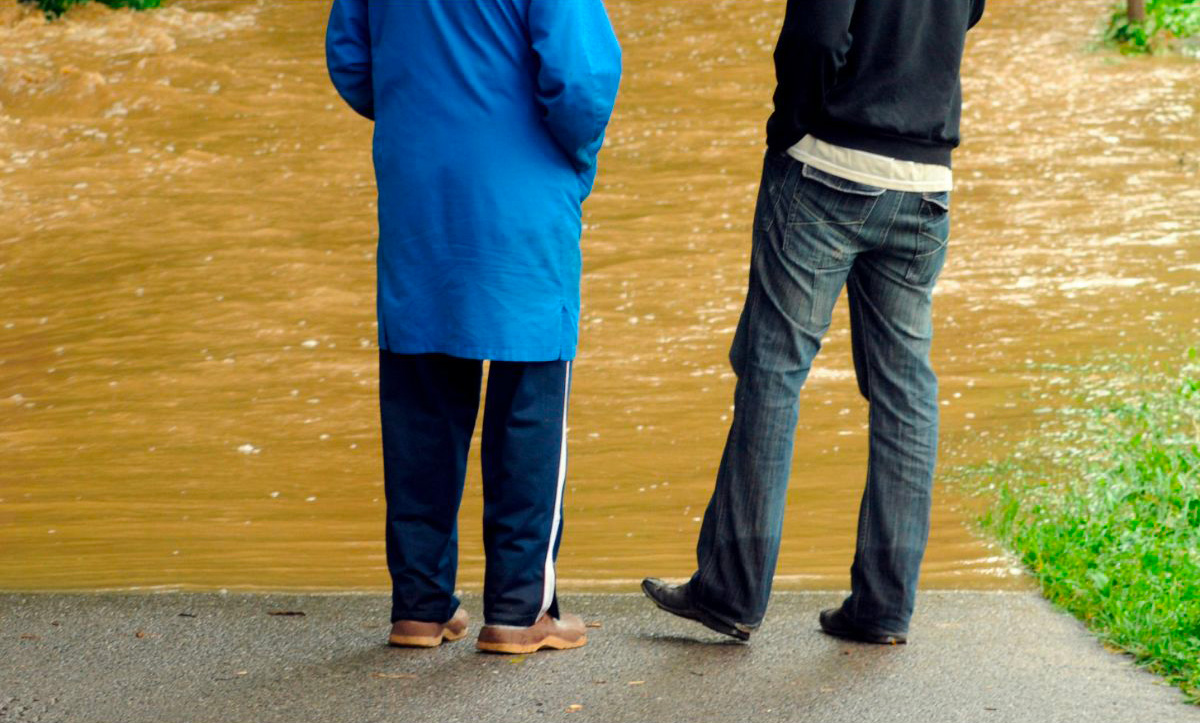


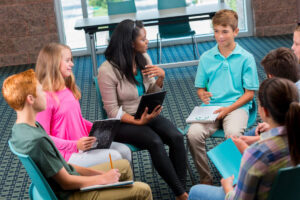
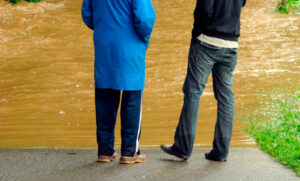
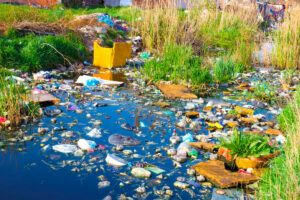
Leave a Reply